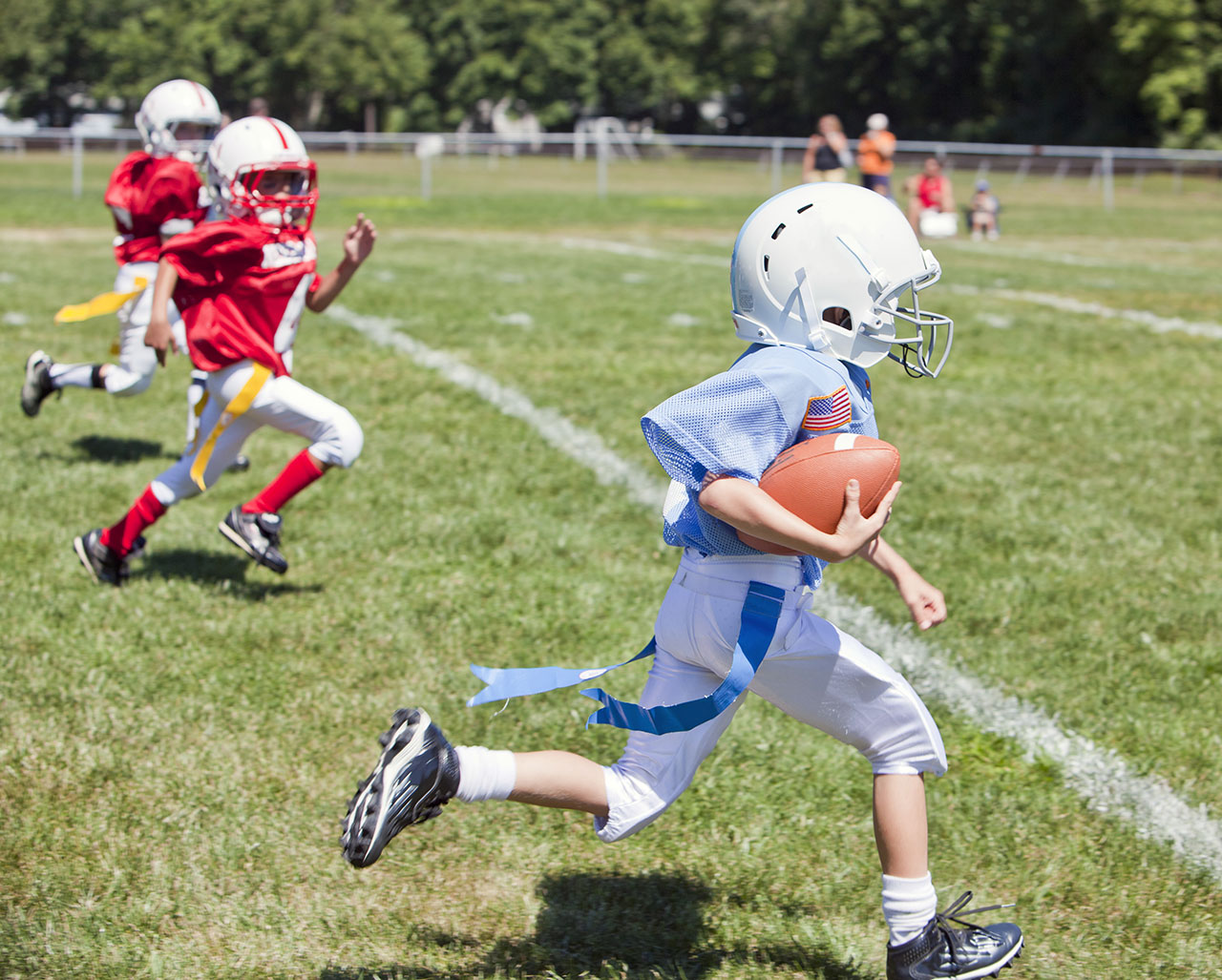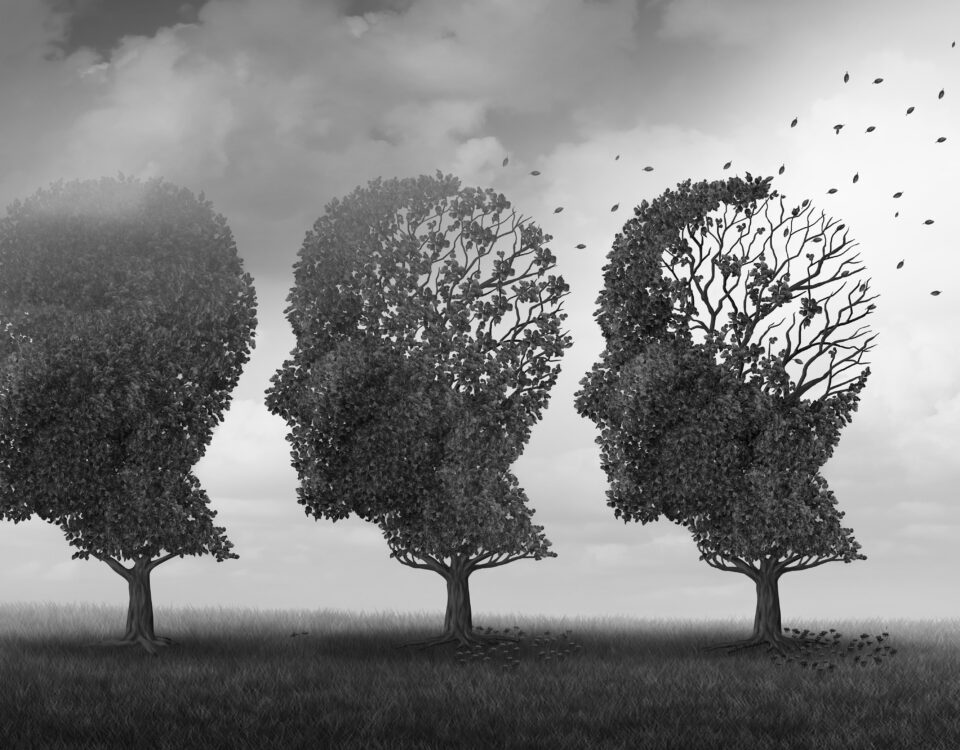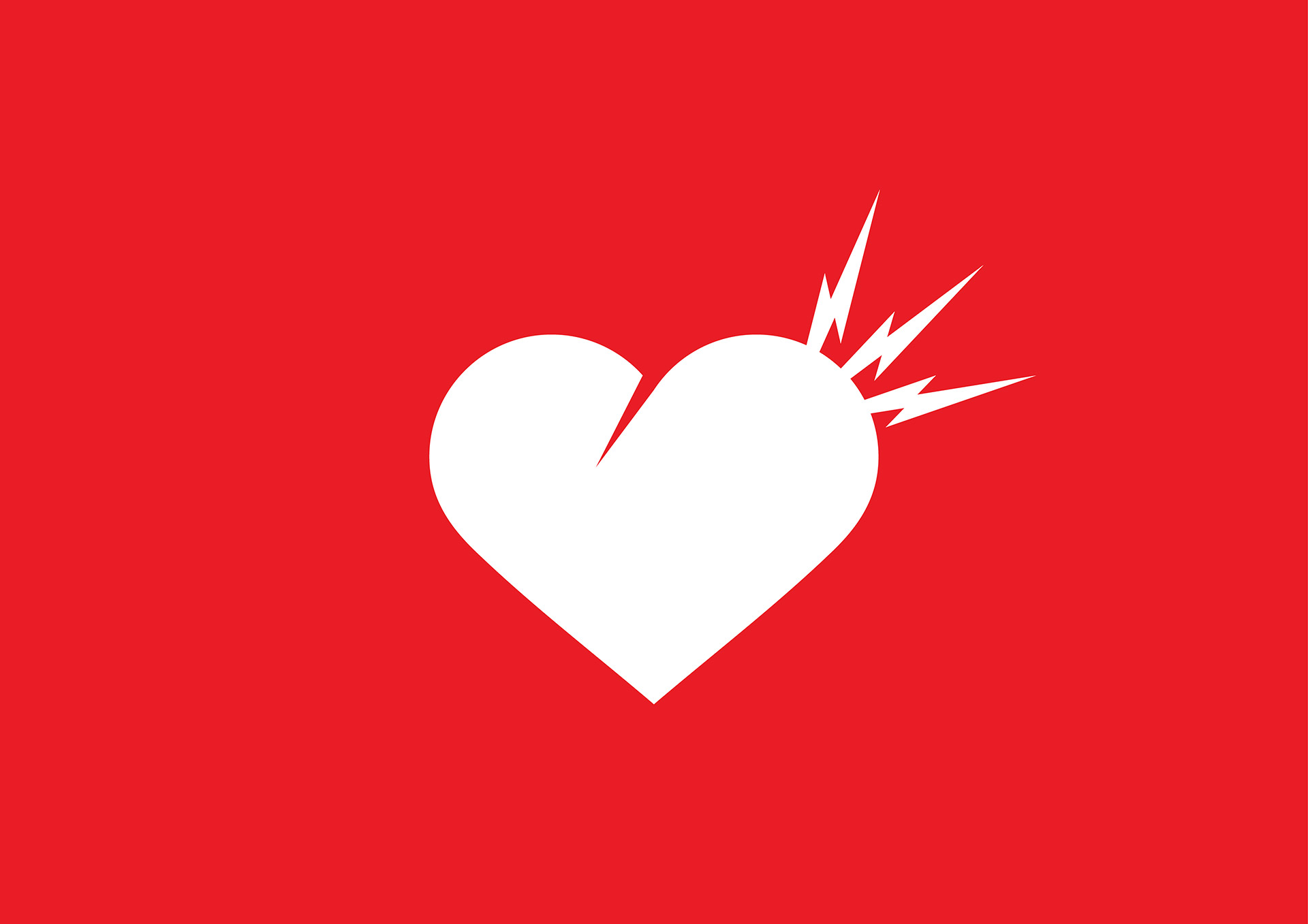
Face Mask Do’s and Dont’s
August 13, 2020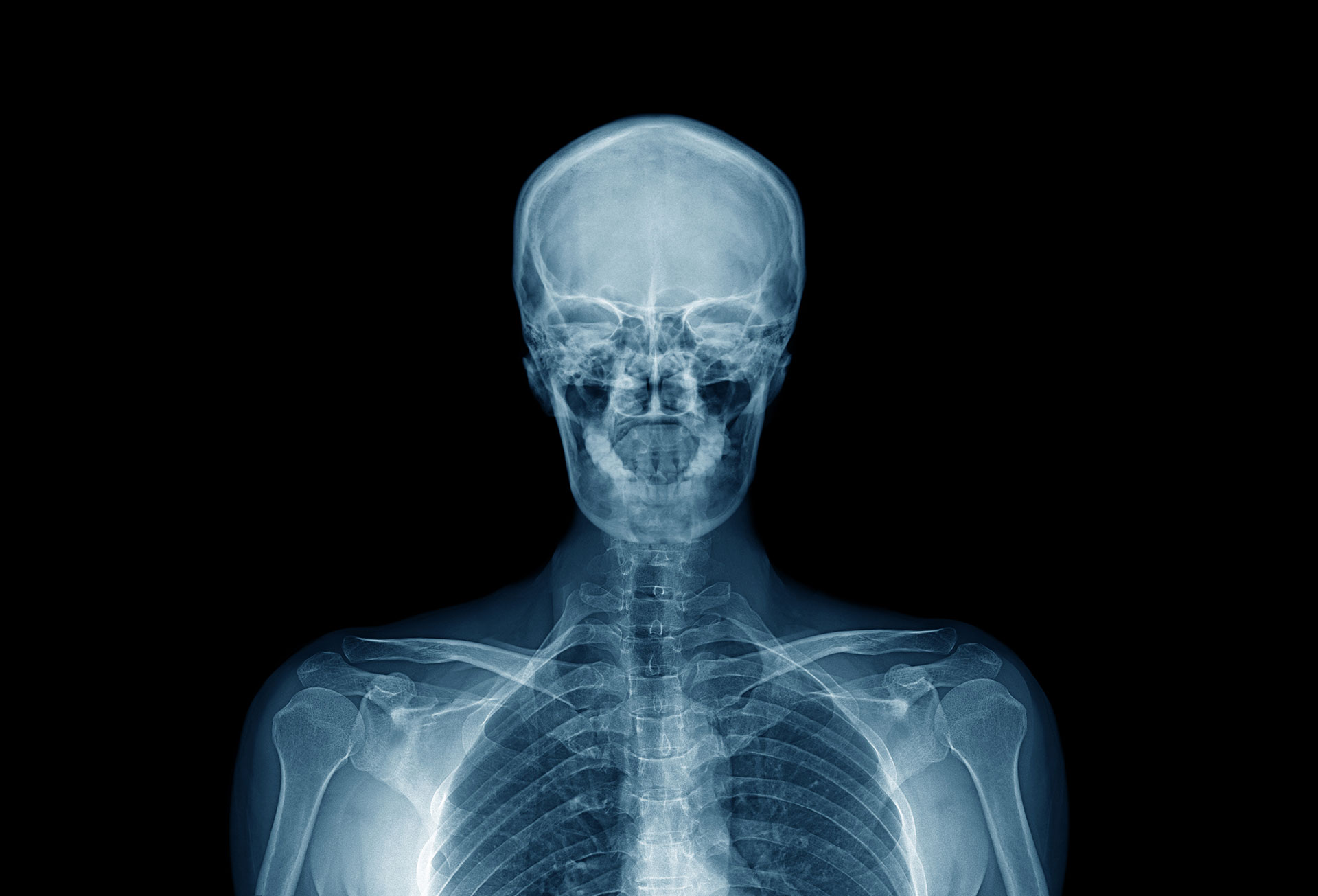
Fun Facts: How to See Inside Your Body
September 28, 2020by Susannah Wollman
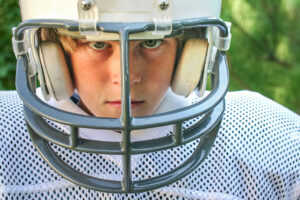
Some parents are concerned—and rightly so, it turns out—about brain injuries to their children who play football. You may be thinking that football has so many positive qualities and the risk is so small that it’s worth it for your kiddo to enjoy being the jock his dad was.
But you’d be wrong.
Here’s why. In 1928, Dr. Harrison Martland coined the phrase “punch drunk syndrome.” A group of boxers had symptoms of what came to be called Chronic Traumatic Encephalopathy (CTE), and over the next 75 years, other researchers found similar results in their research on the brains of boxers. Only about 50 cases were confirmed at the time.
In 2005, pathologist Bennet Omalu published evidence of CTE in former Pittsburgh Steeler Mike Webster. This was the first evidence of CTE in a professional football player in America. The Concussion Legacy Foundation[1] quickly partnered with Boston University and the U.S. Department of Veterans Affairs. With Dr. Ann McKee at the helm, the VA-BU-CLF Brain Bank was formed. Their research revolutionized our understanding of the disease by evaluating over 600 donated brains, of which a whopping 360 were found to have CTE.
So what is CTE?

According to the Concussion Legacy Foundation, Chronic Traumatic Encephalopathy (CTE) is a degenerative brain disease found in athletes, military veterans, and others with a history of repetitive brain trauma. A protein called Tau forms clumps that slowly spread throughout the brain, killing brain cells. Although symptoms do not generally begin appearing until years after head trauma, people as young at 17 have been diagnosed with CTE. Early symptoms generally appear in the late 20s or 30s. Symptoms include changes in the affected person’s mood and behavior. These may include impulse control difficulties, aggression, depression, and paranoia. Other symptoms may develop as the disease progresses. Some patients have other problems such as difficulty with thinking and memory loss, impaired judgment, confusion, and eventually progressive dementia. These cognitive symptoms usually occur later than mood and behavioral symptoms, in a patient’s 40s and 50s. Some people don’t seem to get worse and symptoms seem to stabilize for years before worsening.
The one thing all patients with CTE have in common is repeated hits to the head. We’re not just talking about a few concussive events. Athletes and military personnel take hundreds or thousands of hits and not all of them produce concussions. The interesting thing is that the risk of CTE increases by 30 percent for each year the person plays football. You know that the link between years of smoking and risk of lung cancer is high; this relationship is even higher! So if your son starts playing football as a 5-year-old instead of at 14 (when high schoolers normally begin), he has an incredible 10 times the risk of developing this brain disease! Studies have shown that exposure to head impacts before age 12 is associated with worse outcomes than starting after age twelve.
What if I think my athlete already has CTE?
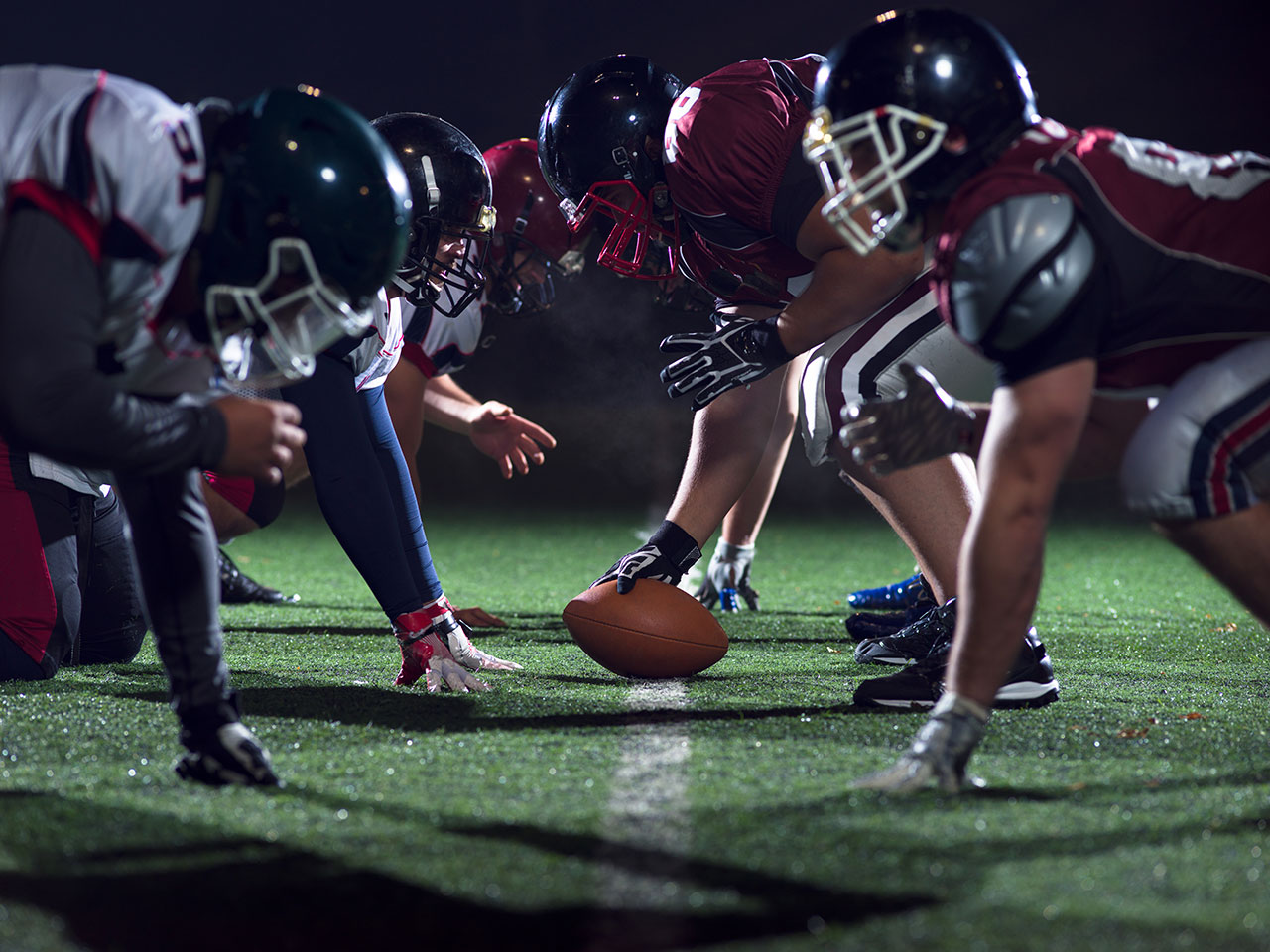
If you suspect your athlete may be suffering from CTE, realize that these symptoms can also be caused by other situations, such as headaches from stress, glare, too much computer use, poor sleep, physical activity, lack of physical activity, and more. Mood changes can come from many of the same things as well as too much work and not enough relaxation. Memory loss can be related to depression and anxiety, smoking, alcohol and drug abuse, medications, or an unhealthy diet. See your doctor before deciding that CTE is the culprit.
Symptoms of CTE
- Mood changes
Depression, irritability, and anxiety may be treated with cognitive behavioral therapy. - Headaches
Treatments for headaches are many, including craniosacral therapy, massage, acupuncture, or medications. Your doctor is the best person to help you decide how to treat headaches. - Memory problems
Despite progressive memory problems, using memory training exercises and consistent note-taking strategies can be helpful.
How do we fit in?

America’s ER is proud to offer the highest quality radiology services in your community typically available only in traditional hospital settings. We strive to provide the very best in imaging services including careful attention to the safety and care for all of our patients by offering the lowest-dose imaging equipment available.
This means that when your athlete suffers a blow to the head, we are right there to quickly find out if he is in trouble. We can diagnose head traumas with our MRI with extreme accuracy, but unfortunately, CTE can only be diagnosed after death through brain tissue analysis.
Early diagnosis of a problem caused by head injuries is imperative to keeping your athlete healthy at any age. One concussion has never been seen to result in CTE. This progressive brain disease only develops after years of repeated blows to the head (even if they don’t result in concussion), and often doesn’t cause problems for years after the injury.
If in doubt, check it out!
FOOTNOTES
- [1] What is CTE? (2020, August 11). Retrieved September 04, 2020


